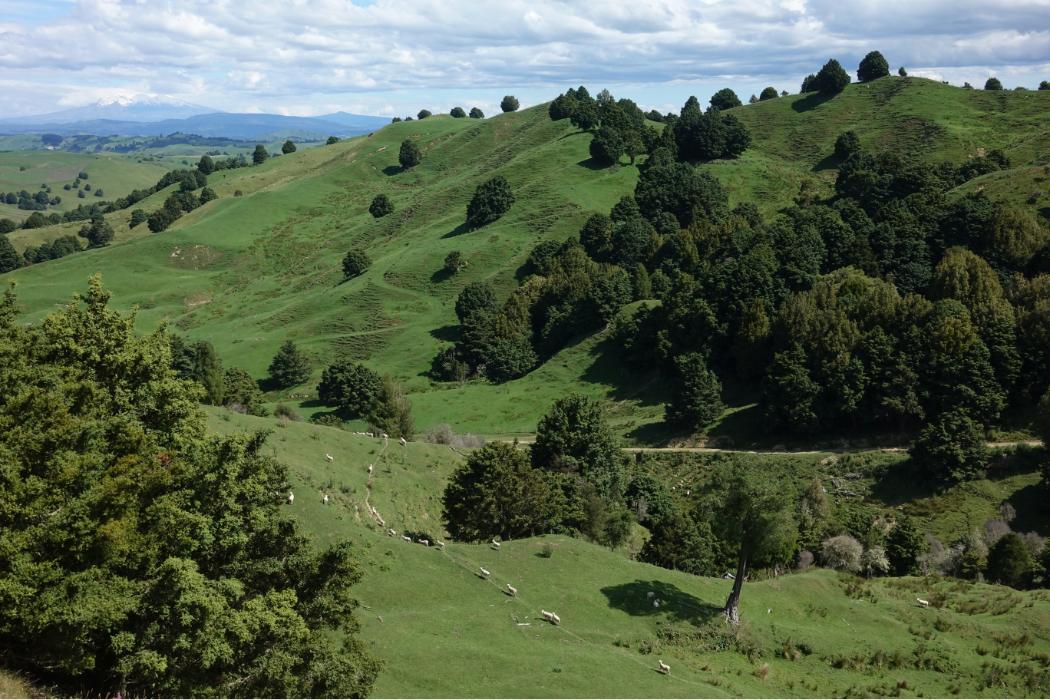BY: JOANNA CUTTANCE
Low interest rates are the major factor why sheep and beef onfarm inflation was low in the year to March 2020 at 0.4%, according to a Beef + Lamb New Zealand Economic Service sheep and beef onfarm inflation report.
Economic service chief economist Andrew Burtt said on balance the interest rate had rolled on to a lower rate and just about everything else had tended to go up.
Between March 2019 and March 2020, the overall price for Interest expenditure decreased by 7.2%. This was due to lower interest rates. This compared to the previous year of a 0.1% increase.
Low interest rates are important. Interest expenditure accounts for 14% of total farm expenditure and is the only expense that has significantly decreased for farmers in recent years, Burtt said.
 “Even excluding interest, onfarm inflation was 1.5% – meaning it was already lower than the 2018-2019 season,” he said.
“Even excluding interest, onfarm inflation was 1.5% – meaning it was already lower than the 2018-2019 season,” he said.
Low inflation meant farmers were better placed, and costs were not eroding the value of their returns. Now, with much smaller changes in inflation it was a more positive time for the industry when compared to the high-inflation times of the past. In the 1970s, during the oil shocks period inflation was over 15%, and then over 20% in the 1980s.
Inflation became lower in the 1990s and has been low since. Generally, if inflation is under control it provides more stability for farmers, Burtt said. However, the amount of pressure does depend on how much debt farmers have and how highly leveraged they were.
Onfarm inflation is different to total farm expenditure. Onfarm inflation identified the changes in individual prices whereas farm expenditure takes into account the individual spending amounts within farming operations. Farm businesses have two types of costs, non-tradeable costs, which have to be bought, for example rates; and tradeable costs, which was something farmers could buy less of, for example fertiliser.
Released each year, the sheep and beef onfarm report identified annual changes in prices of goods and services bought NZ sheep and beef farms. The overall onfarm inflation rate was determined by weighting the changes in prices for individual input categories by their proportion of total farm expenditure.
Of the 16 categories of inputs, prices increased for 12 and decreased for four – fertiliser, lime and seeds at -0.3%, fuel at -0.4%, electricity -0.1% and interest -7.2%. The greatest increase of price was for Insurance, up 5%, followed by repairs, maintenance and vehicles, which increased 4.2% compared to 1.4% increase for the previous 12-month period.
Shearing costs rose by 1.4%. Wool continues to be a low commodity product compared to the shearing costs and many farmers are lengthening the time between shearing, Burtt said.
Fertiliser, lime and seeds dropped -0.3%, this was a reflection of the co-operatives competing on a global market.
Animal health and rates both increased by 3.7% each. Wages, depreciation, and feed and grazing the only other categories to rise by one percent or more at 1.3%, 1.4% and 1% respectively.
Both weed and pest control, and cartage rose 0.6%, and the other categories to rise were administration 0.9% and rent 0.4%.
The prices identified in the report had not been affected by Covid-19 because it covered the year to March 2020. Burtt said there was huge uncertainty from the pandemic everywhere, and it was too early to know what the impact would be on onfarm inflation.
A debated area was whether environmental costs should be included in the Sheep and Beef On-Farm Inflation report. Burtt said there many discussions were being held about what was an environmental cost, was it paying for trees? Labour for planting and care? Many farmers felt they were working for no cost and no credit. Maybe it was part of a farm input cost and getting some recognition, he said.
- The full report is available on the B+LNZ website.




